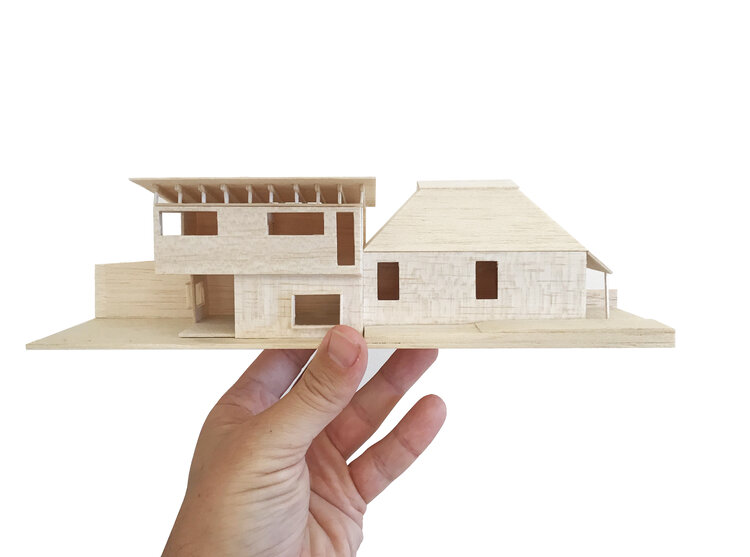To renovate or detonate (or ameliorate)?
That is the question - Whether ’tis nobler in the mind to live through The slings and arrows of outrageous construction, Or to take arms against your bank, And by opposing all rationality borrow more? (Apologies to Shakespeare) For anyone deciding...

That is the question - Whether ’tis nobler in the mind to live through
The slings and arrows of outrageous construction,
Or to take arms against your bank,
And by opposing all rationality borrow more?
(Apologies to Shakespeare)
For anyone deciding that their living quarters are no longer suiting their lifestyle or they’re just simply outgrowing their lodgings, it’s the perennial question – that is, can we get what we want from a renovation (a potentially less expensive route) or do we need to start from a clean slate and build entirely new (generally the more expensive route)?
And, as you may have guessed it, there’s no easy answer! Well, unless you’re the builder, in which case the answer is generally pretty clear – build from scratch. So, let’s take their perspective momentarily. Building entirely new, means you’ve got a nice fresh site to work with, there’s no quirks you’re inheriting that might have come from another builder or an older building, planning out the build is a lot easier and so is cost. At the end of the build, they can present their happy clients with a new build that has been built to modern standards and feel comfortable that they won’t get any callbacks if all their tradies have done a good job.
So, what is it about renovations? If the above is true, why don’t we all just build new? And to answer this, I think it’s better to take the homeowner’s perspective. The obvious one is cost. With building costs moving upwards, keeping any part of a home is going to be a cost saving, that is, if it’s not condemned or full of Mr Fluffy’s asbestos insulation. There might also be an emotional attachment to parts if not the whole of a house, which makes a homeowner prefer the renovation path. If the home is on the heritage register, then there’s most likely no other option but to renovate. By opting for re-using parts of a building in good condition, we’re also limiting the amount of carbon emitted into the atmosphere that otherwise new construction would create.
Many homes do lend themselves to an easy renovation whereas some just simply aren’t. For many, this is difficult to discern. Building reports can only tell you so much without opening up walls, floors and roofs and due to our DIY nation, there can be some disastrous makeovers that, when uncovered, can prove very costly to rectify. I’ve seen some disastrous discoveries on building sites that have ended up in considerable costs to homeowners. From backyards used as dumping grounds, to construction across a neighbour’s boundary, and these can apply to both development options. Furthermore, whilst renovations may cost less overall, they generally cost more per square metre than new construction, due to the builder having to ‘make good’ existing construction.
That brings me to a third option – what I’ll call ‘the amelioration’. With this option, the original house is kept as much as possible in place with only the very necessary modifications to update. Think new insulation, re-wiring and perhaps the odd bathroom or wardrobe update. Then, if space permits, a new living pavilion wing or a master bedroom suite is added upstairs or preferably off to the side or out the back that gets connected to the existing house via a set of stairs or corridor. With this option, the builder is limiting their exposure to the older construction and the homeowner gets the feeling of a new house by virtue of the extension wing – Win / Win.
There are many great examples of this approach taken by architects. One of these is Marrickville house by local architects Studio Weave (www.sweave.net). By leaving the front portion of an existing brick cottage predominantly untouched and building a new pavilion wing to the rear, they have achieved the best of both worlds.





